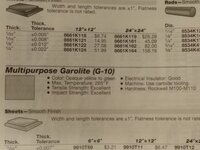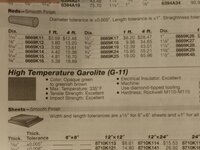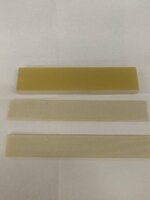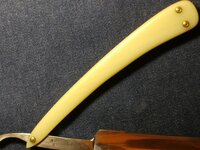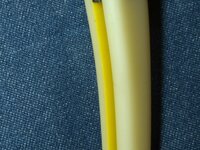Hello all you wonderful wet Shavers! Isn't it a fine time to be into all things shave related? I feel blessed to be able to have the God given ability to think and to tinker.
As most of you know, however, that same breakthrough in the development of brain power has a lot to be owed to the fact that we sometimes make mistakes ... Sometimes we make a lot of mistakes... But we learn from them. Well, usually.
Over on the other thread we get to see the final product and some are even lucky enough to be the recipient of our hard and arduous love driven labor. But I would like to open up a discussion on all the unseen little mishaps that have occurred while practicing our craft. If only to get a good chuckle in at another's expense, then so be it.
Or maybe on the off chance that we may actually be able to gain something from each other's misfortune or blunders. That is a possibility.
As most of you know, however, that same breakthrough in the development of brain power has a lot to be owed to the fact that we sometimes make mistakes ... Sometimes we make a lot of mistakes... But we learn from them. Well, usually.
Over on the other thread we get to see the final product and some are even lucky enough to be the recipient of our hard and arduous love driven labor. But I would like to open up a discussion on all the unseen little mishaps that have occurred while practicing our craft. If only to get a good chuckle in at another's expense, then so be it.
Or maybe on the off chance that we may actually be able to gain something from each other's misfortune or blunders. That is a possibility.



